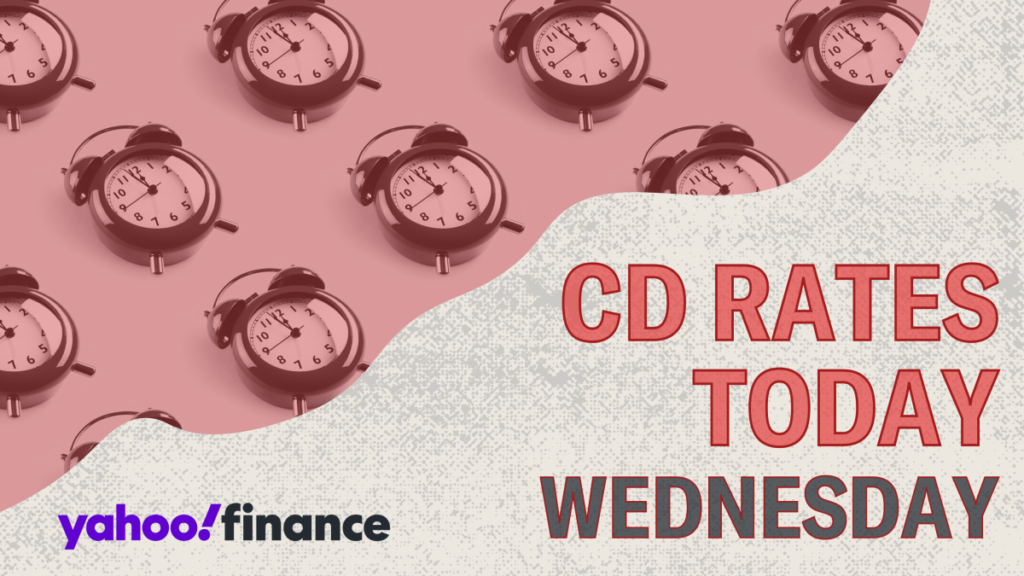In October 2024, the Federal Reserve made the decision to lower the federal funds rate for the second time this year, which subsequently influenced deposit account rates to decline. This shift presents a significant opportunity for savers to consider locking in a competitive rate on a certificate of deposit (CD) before rates drop further. As it stands, CD rates remain relatively high by historical standards, particularly for shorter terms. Current offerings include rates of 4.00% APY and higher for one-year terms and under, while longer-term CDs offer rates ranging from 3% to 4% APY. Among the best available, NexBank currently leads with a remarkable 4.42% APY on a one-year CD, although it requires an initial deposit of $25,000. Meanwhile, Synchrony Bank provides a competitive 4.30% APY on a 9-month CD with no minimum deposit requirement.
CD rates are directly connected to the federal funds rate; changes made by the Fed often dictate the rates that financial institutions offer on deposit accounts. Following several months of stability, the Fed reduced its target rate from a high of 5.25% – 5.50% by 50 basis points in September and another 25 basis points in November. Analysts predict additional rate cuts may occur in 2025, prompting a downward trend in CD rates. This context raises the stakes for savers, as the current high rates on CDs may soon become a thing of the past. For those considering a CD investment, it may be imperative to act swiftly to secure these favorable rates.
When deciding whether to invest in a CD, several essential factors come into play. While achieving a competitive interest rate is fundamental, it is crucial to evaluate personal financial goals, liquidity needs, and the current interest rate environment. For individuals looking to secure a guaranteed return while preserving capital, the recent high-interest trends make CDs an attractive choice. However, if the aim is aligned with long-term goals such as retirement savings, one should weigh potential market returns against the typically lower yields associated with CDs.
CDs require a commitment to a fixed investment for the duration of the term, raising liquidity concerns for some savers. If there’s a likelihood of needing access to funds before the term concludes, it might be wise to explore options beyond CDs due to potential early withdrawal penalties. High-yield savings accounts could offer more flexibility and serve as a better fit for those who anticipate needing their funds sooner rather than later.
While many banks offer CDs, not all of them provide the most competitive rates, especially in today’s fluctuating market. Therefore, it is wise to compare various options, with special attention to online banks, credit unions, and community banks. Online banks have emerged as strong contenders for high-yield CDs, benefiting from lower operational costs and often passing those savings onto consumers in the form of better rates. Additionally, credit unions serve as not-for-profit entities that typically provide superior rates and lower fees, making them an attractive avenue for potential CD investors.
In conclusion, the current landscape of certificate of deposit offerings is shaped by recent actions from the Federal Reserve, creating a strategic moment for savers to secure their investments. Given the competitive rates available in the market, it is advisable for potential investors to carefully evaluate their financial goals, assess their liquidity needs, and investigate options across various banking institutions. By considering both traditional and online banks, along with credit unions and community banks, consumers can find the best possible rates and make informed decisions about their savings in a changing economic climate.

